


































Institute, located in a residential section of Brooklyn, is one of the most prestigious art, architecture, and design schools in the world.








in the


















































Institute, located in a residential section of Brooklyn, is one of the most prestigious art, architecture, and design schools in the world.








in the
































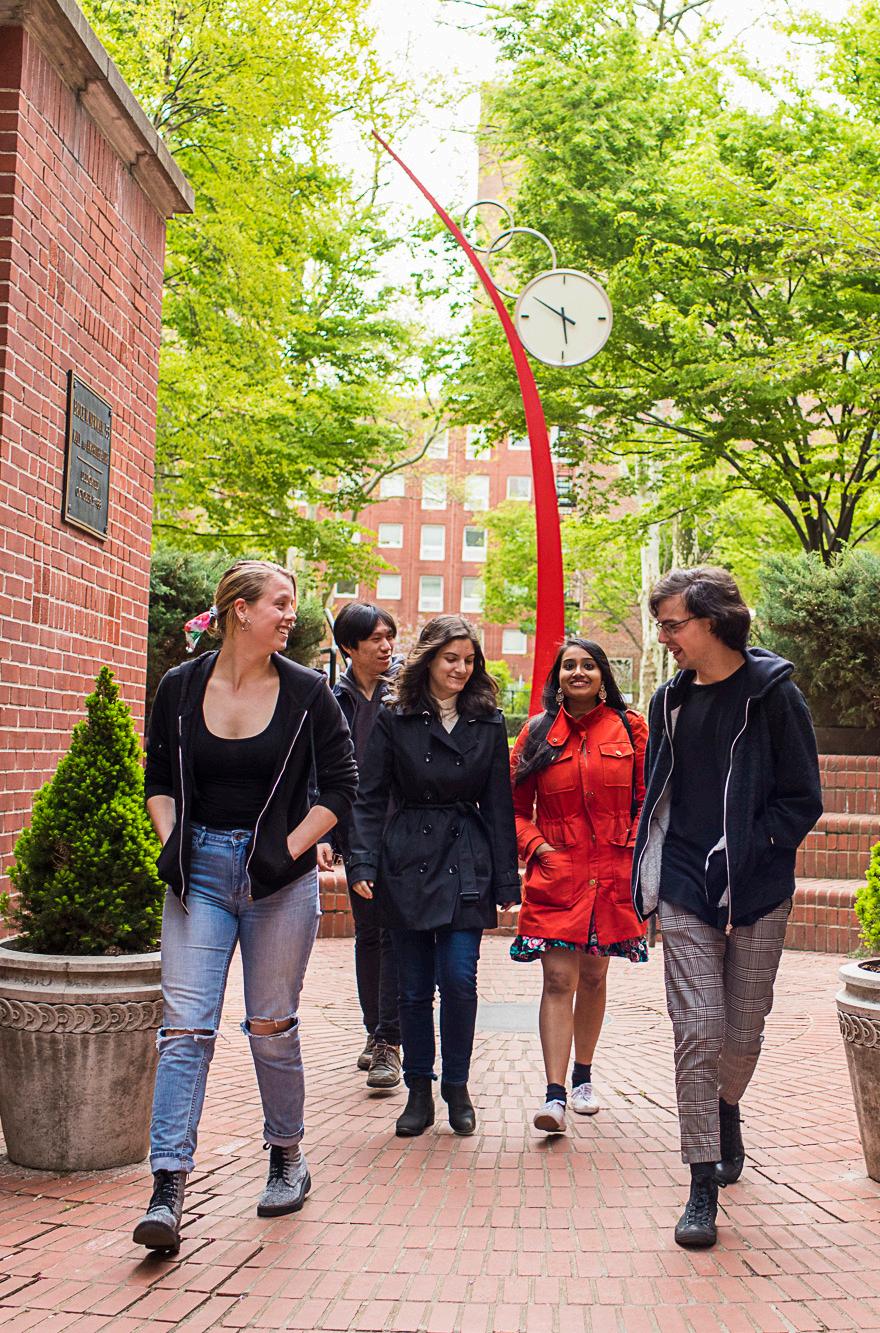
The first art teacher at Pratt was a pupil of Cézanne, the second was a student of Matisse. More than 100 years later, the legacy of masters working with students not only persists at Pratt but grows stronger.
In addition to teaching at Pratt, many of the current faculty members are working professionals— leaders in their fields who design the automobiles we drive, the clothing we wear, and the buildings in which we live—and who pass on knowledge and expertise to the generation that will shape the world of tomorrow.







As for why they teach, for some it’s the passion for
itself
the ability to use
as a laboratory to test their latest
For others,
to water the
that
them
into
in their
the
in the
they
the
are
their






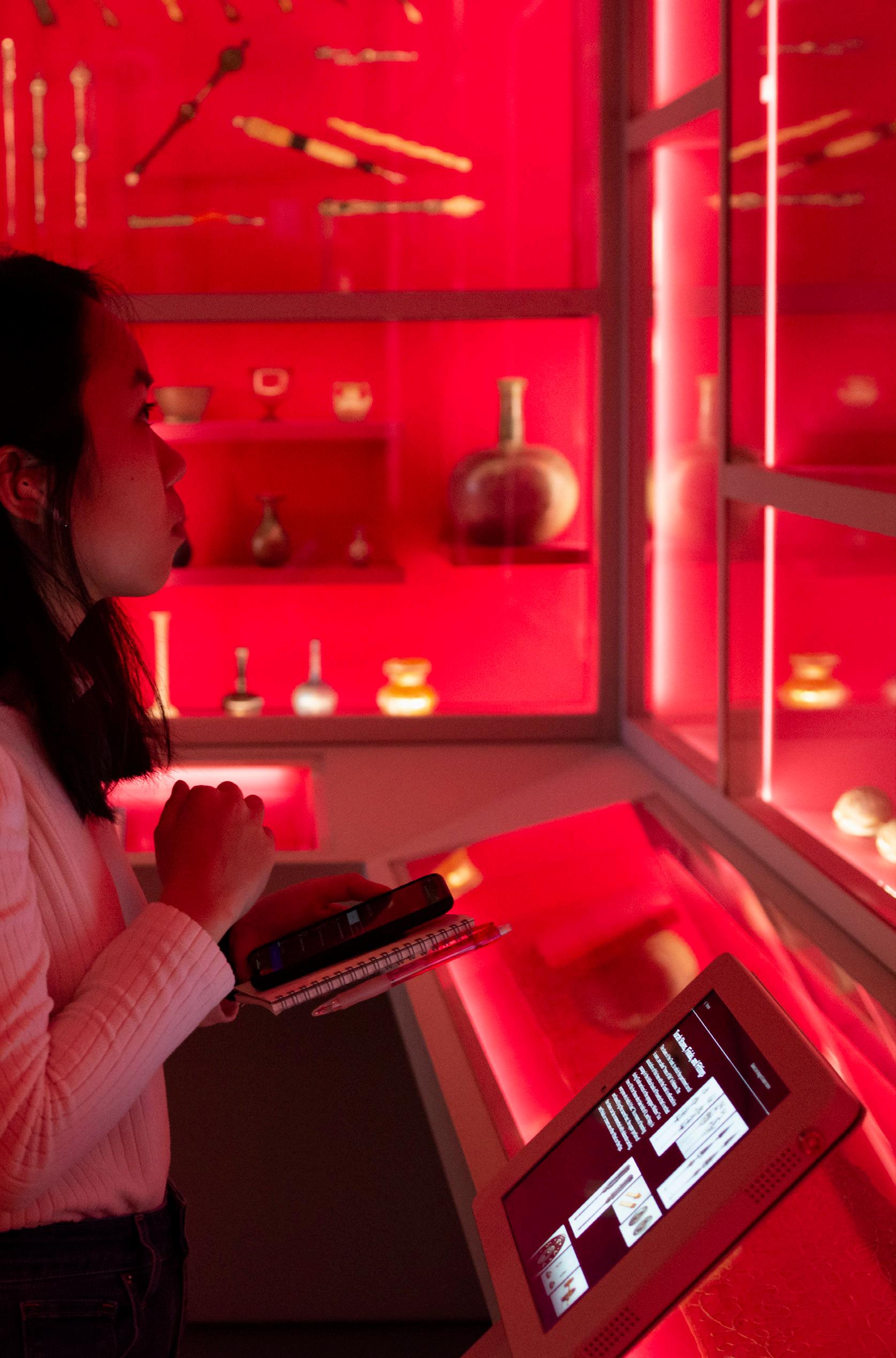








As a gifted artist, designer, or writer,

are looking for a school that recognizes your talent and potential and challenges you to grow as a creative individual. You are seeking an environment that is both challenging and inspiring, where education is tied to realworld experience—access to all the culture that New York City has to offer, internships in awardwinning firms and cutting-edge galleries, and the opportunity to study

want to know that
will
from an extensive
that will connect
with
so that
can lead a fulfilling and
a living doing
love.







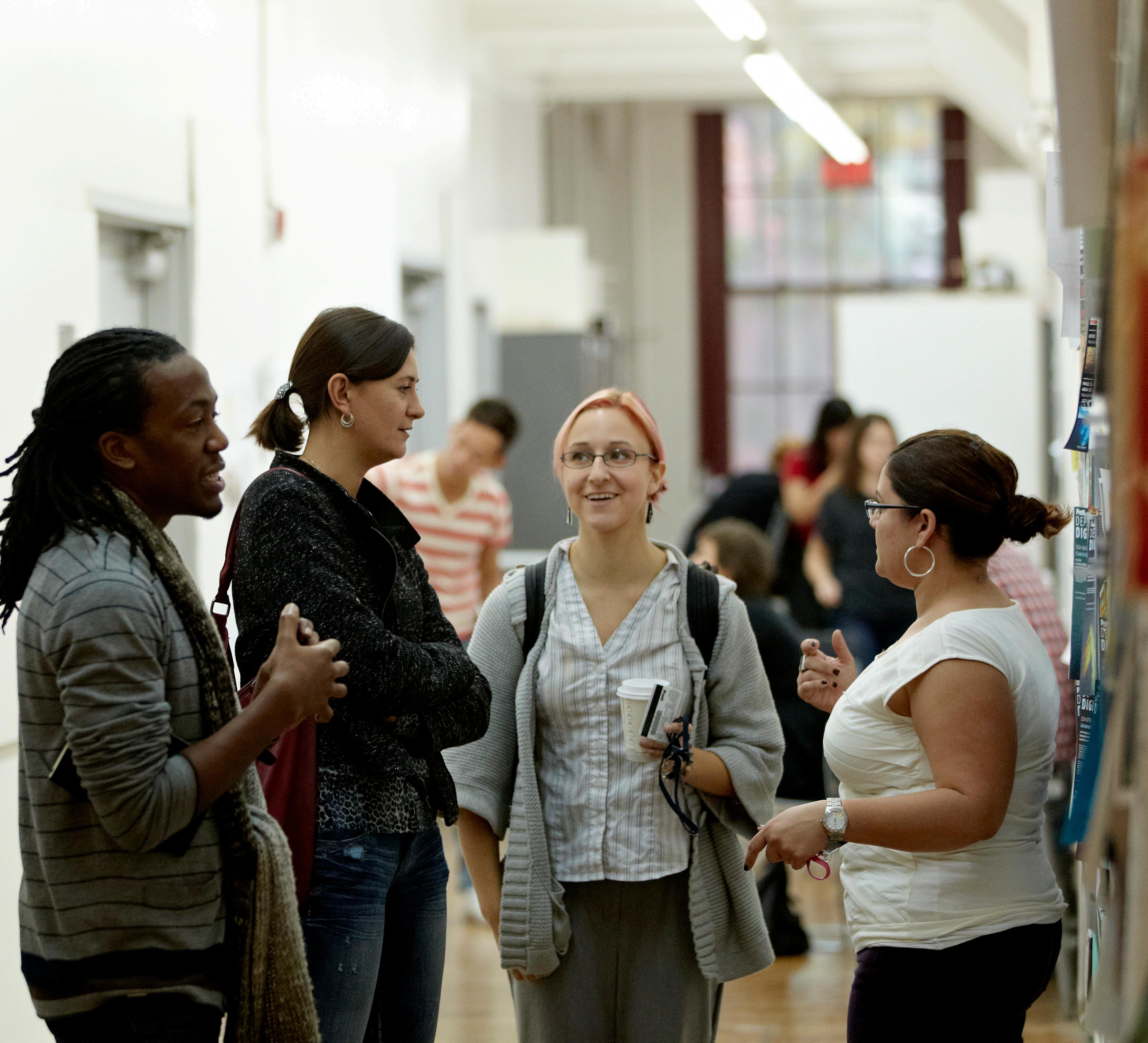























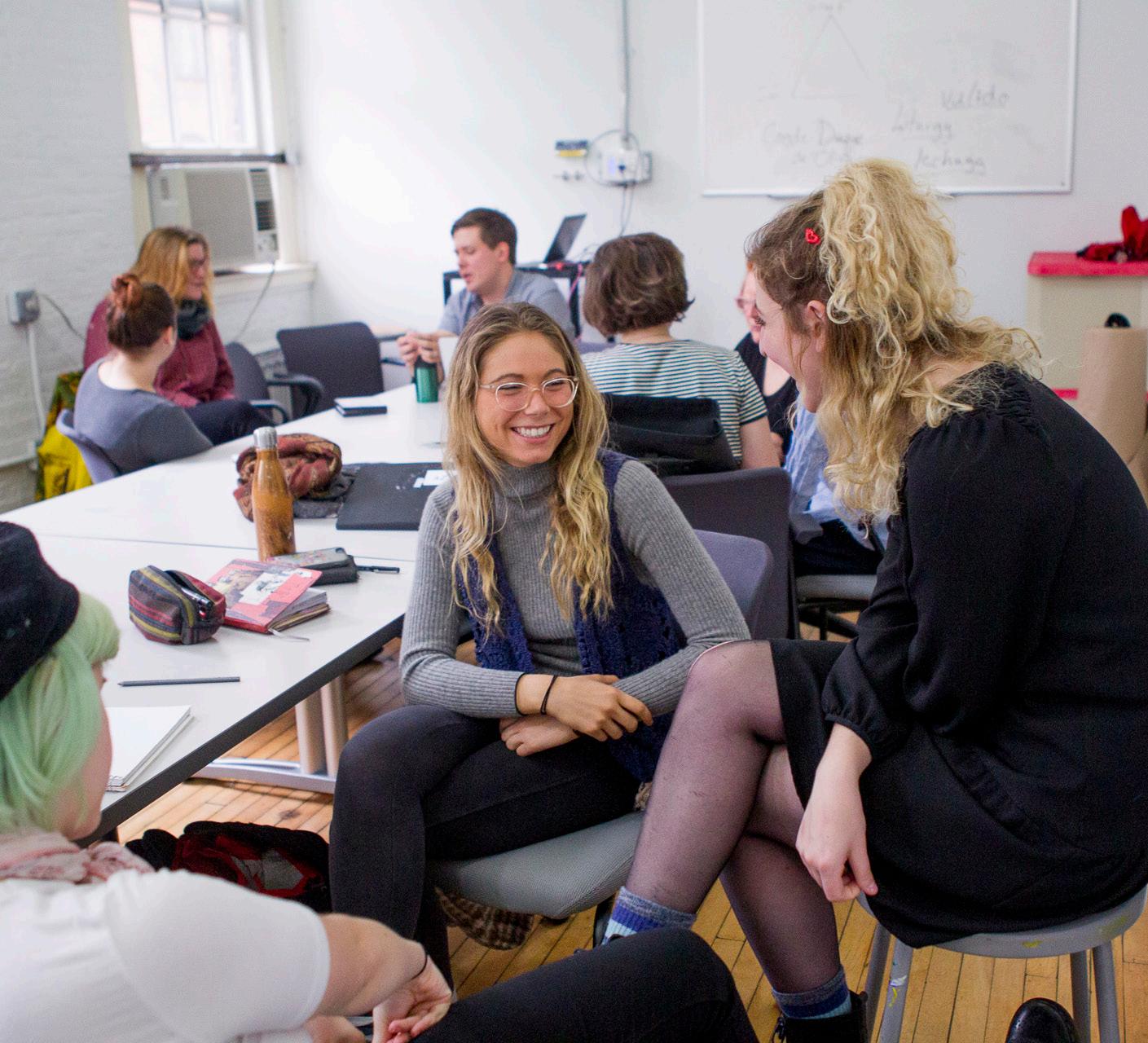




Pratt’s mission is to educate artists and creative professionals to be responsible contributors to society.










Pratt Institute is situated on Lenapehoking, the traditional and unceded homeland of the Lenape people, past, present, and future. The Lenape people have been living on this land long before the United States was established, and their wisdom is essential to our time.
We acknowledge that the genocide, theft of land and resources, forced migration, and systematic cultural oppression of Indigenous Peoples and Nations have a long-lasting impact on the living conditions, mental health, and cultural lineage of Indigenous Peoples and Nations. We acknowledge that the colonizers and their descendants have benefited economically and socially from the oppression of Indigenous Peoples and Nations, and we commit to repairing inequity and rebalancing the power distribution.
As learners and educators, we recognize Indigenous Peoples and Nations’ long-time traditions of making art and storytelling. We acknowledge the significance of their creativity and how often they are unrecognized as artists, designers and writers, while their culture is appropriated and taken by other artists, designers and writers.

Only when we are informed of our past can we collectively envision our future. We begin by properly naming the land we reside on and recognizing ourselves as (in) voluntary immigrants to this land. We will actively work to challenge the legacy of settler colonialism, undo its extractive and exploitative land practices, and express gratitude to the stewards of the land and water who came before us, and honor their descendants who are here today.





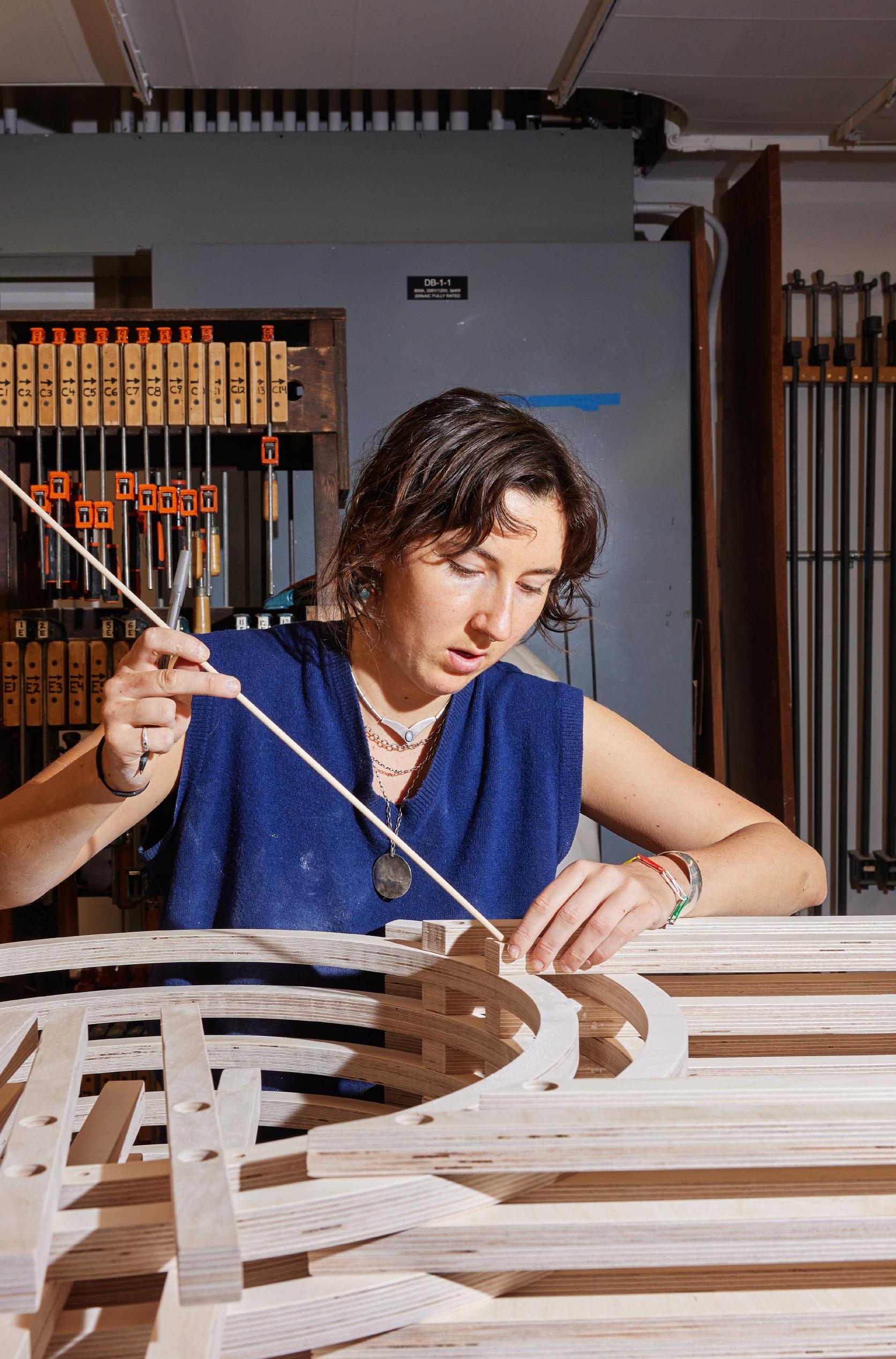











On October 17, 1887, 12 young people climbed the stairs of the new Main Building and began to fulfill the dream of Charles Pratt as the first students at Pratt Institute.


Charles Pratt, one of 11 children, was born the son of a Massachusetts carpenter in 1830. In Boston, he joined a company specializing in paints and whale oil products. When he came to New York, he founded a petroleum business that would become Charles Pratt and Company. The company eventually merged with Standard Oil, the company that made John D. Rockefeller his millions.
Pratt’s fortunes increased and he became a leading figure in Brooklyn, serving his community and his profession. A philanthropist and visionary, he supported many of Brooklyn’s major institutions. He dreamed of founding an institution where pupils could learn trades through the skillful use of their hands, and accomplished this dream in 1887 when Pratt opened its doors. Today, Pratt offers students more than 25 undergraduate majors and concentrations—more than most other art and design schools in the country—and more than 30 master’s degree programs.
The energy, foresight, and spirit Charles Pratt gave to his dream remain even today. Inscribed on the seal of the Institute is his motto: Be True to Your Work, and Your Work Will Be True to You. This motto resounds with both our oldest alumni and our newest students as they recognize the truth in this 100-year-old statement.
Pratt has taken a leadership role in sustainability among schools of art, design, and architecture nationwide.


Pratt’s academic departments incorporate sustainable design and other sustainability issues into their programs as part of the preparation of a contemporary artist, designer, writer, and architect. Pratt students are taught to think in new ways about the relationship of designer to product, architect to built environment, and artist to creative expression.
In The Princeton Review’s 2021 Guide to 322 Green Colleges, Pratt was recognized as one of the country’s most environmentally responsible colleges.
The Pratt Sustainability Center is an active and collaborative resource for sustainable design at Pratt’s Brooklyn campus. Under the umbrella of the Pratt Sustainability Center, the Pratt Design Incubator for Sustainable Innovation provides ambitious students and Pratt alumni with a stimulating place to launch sustainability-minded businesses, providing office space, planning support, and access to shop facilities. For more information, visit sustainabilitycenter.pratt.edu.


Pratt’s more than 1,000 faculty members are awardwinning professional artists, designers, architects, planners, writers, and other professionals who mentor their students to achieve comparable success. These faculty members expect that Pratt students will meet the same high standards upheld in their professional work. With different views, methods, and perspectives, they share a common desire to develop each student’s potential and creativity to the fullest—to graduate competent and creative professionals who will shape the world to come. Faculty serve as important connections when students are ready for employment or internships.


What do the Chrysler Building and Scrabble have in common? Both were designed by Pratt alumni. Pratt has approximately 26,000 active alumni, whose achievements are a testament to the soundness of the Institute’s educational philosophy. Pratt alumni have designed well-known and award-winning furniture, clothing, buildings, and commercials, as well as artworks that are regularly exhibited in major museums and galleries. Pratt’s alumni include the most renowned artists, designers, and scholars in their fields, from actor Robert Redford to Adidas sneaker designer Marc Dolce and Jeremy Scott, Moschino’s creative director.




Peter
Kadir
Norman
Roxy
Beverly
Charles
Paul
Robert
designer,
Phoebe
Edel
writer,
Robert
Stefan
Annabelle Selldorf
and museum architect
Robert Siegel
Gwathmey Siegel
Mitchell Silver
planner, commissioner of the NYC Parks

Pat Steir
Contemporary painter and

Mickalene Thomas
artist
William Van Alen Architect, Chrysler Building
Tucker Viemeister
designer, Oxo Good Grips
Max Weber
painter
William T. Williams
Deborah Willis
Fellow and artist
Robert Wilson
Avant-garde
Carlos
director and
and
Peter Zumthor
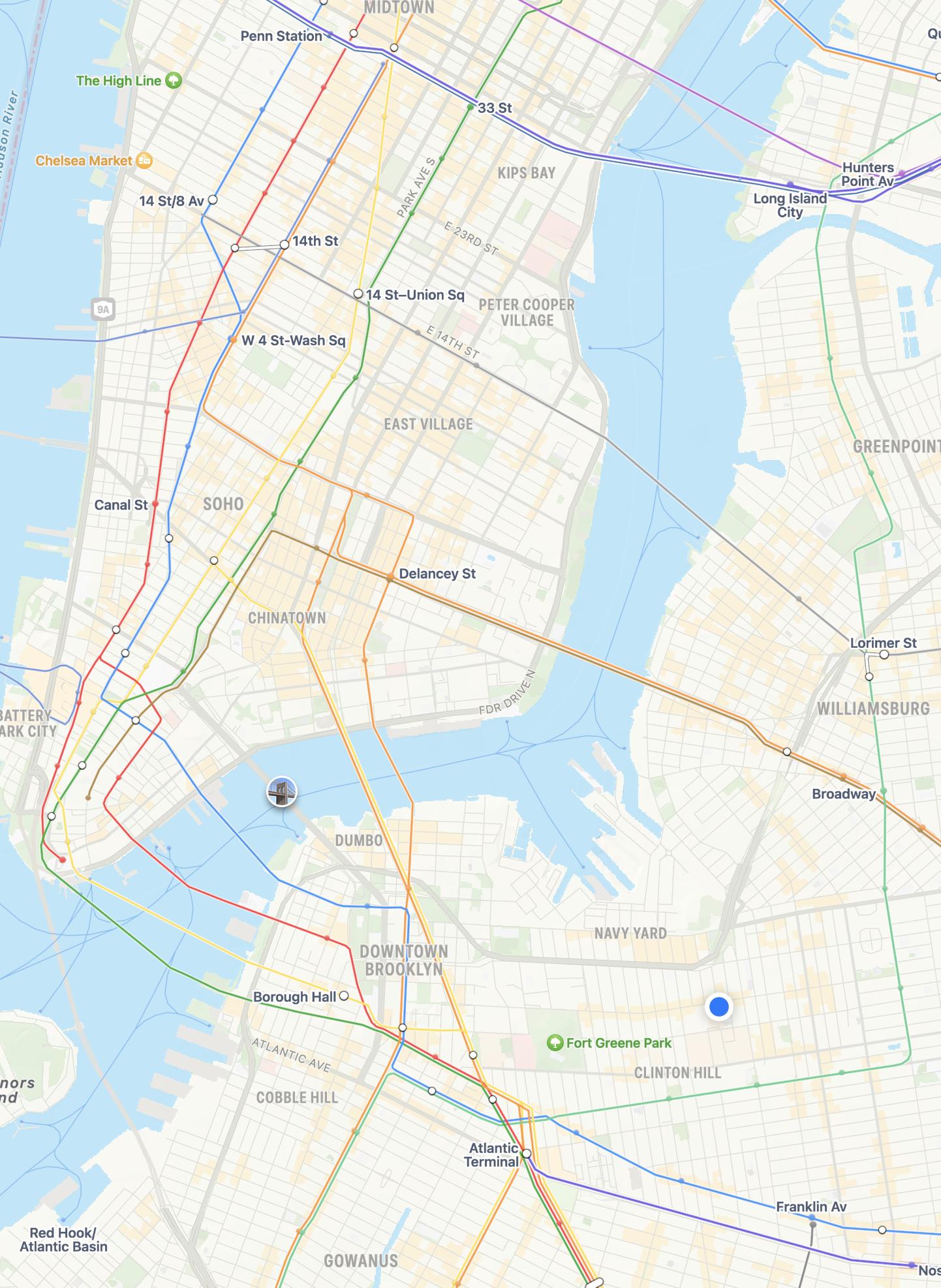











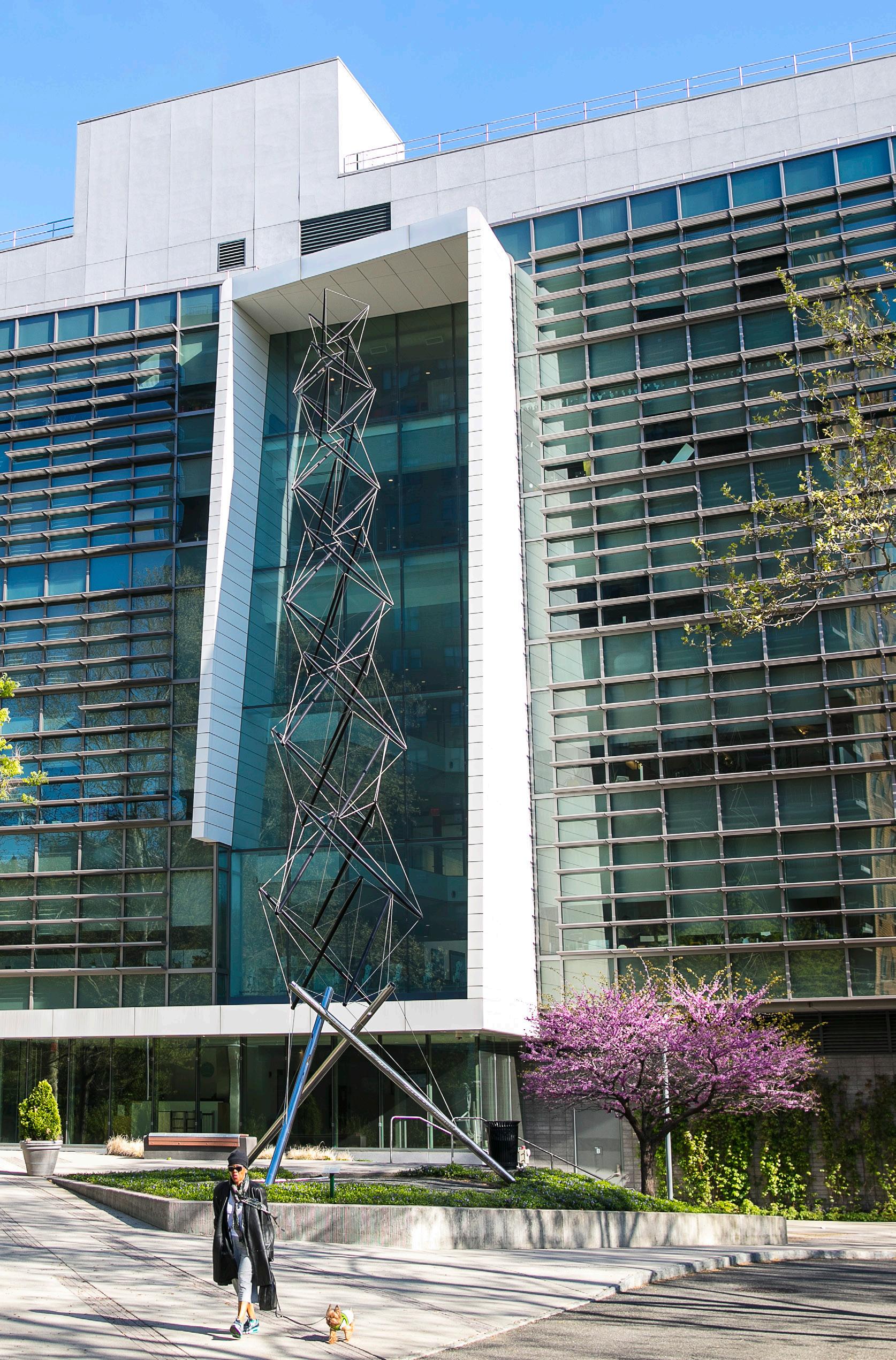
The Institute’s historic, landscaped main campus in the Clinton Hill neighborhood of Brooklyn is home to the majority of the graduate programs, with the exception of those in the School of Information and several from the Schools of Art and Architecture.

Located just 25 minutes from midtown Manhattan, Pratt’s main Brooklyn location is the only New York City art and design school with a traditional, residential campus. A 25-acre landscaped oasis, Pratt provides a visual and emotional respite in a busy city. Many of the Institute’s 19th-century buildings have been designated national landmarks, including the 1897 Renaissance Revival-style Caroline Ladd Pratt House, which serves as the official house of the Pratt president and several students. The Pratt Library, which was built in 1896 in a similar style, boasts an interior designed by the Tiffany Glass and Decorating Co.
Beyond this rich heritage, Pratt also has several distinctive modern buildings that have been constructed in the past decade. The 26,000-square-foot Higgins Hall center section, designed by Steven Holl Architects and Rogers Marvel Architects for the School of Architecture, opened in 2006. The following year marked the opening of the 160,000-square-foot Juliana Curran Terian Design Center, designed by Hanrahan Meyers Architects, the firm led by Thomas Hanrahan, former dean of Pratt’s School of Architecture. Myrtle Hall, a LEED Goldcertified building designed by the firm WASA/Studio A, was completed in 2010 and is home to the Digital Arts programs. The 120,000-square-foot building is a testament to Pratt’s commitment to sustainability.

Pratt’s celebrated sculpture park, the largest in New York City, with sculptures by artists including internationally renowned Richard Serra and Mark di Suvero, attracts visitors daily. Public Art Review named it one of the 10 best campus art collections in the United States.


Pratt’s tree-lined neighborhood, Clinton Hill, has a history that is intimately intertwined with that of the Institute. A century ago, it was home to the elite of Brooklyn. The expansive mansions lining Clinton Avenue belonged to the shipping magnates and mercantile princes of the Gilded Age. Charles Pratt, whose fortune derived from his partnership with John D. Rockefeller in Standard Oil, started his Institute on family land just a few blocks from the family mansion. Clinton Hill is one of New York’s premier Victorian-era neighborhoods and is listed on the National Register of Historic Places. In part because of Pratt, it boasts an extraordinary number of creative artists, architects, designers, illustrators, and sculptors among its residents.

Pratt’s Manhattan campus is located at 144 West 14th Street, within walking distance of Union Square, Chelsea’s art district, and many other leading educational and cultural institutions. The seven-story, 80,000-squarefoot property offers state-of-the-art facilities within a distinctive, turn-of-the-century Romanesque Revival building. Pratt’s Manhattan-based programs benefit from the campus’s cutting-edge technology and its prime location.



No matter which part of the world Pratt’s students come from, most have known since childhood that they enjoy creating things and solving problems, and they share a desire to change the world and leave their imprint.
At Pratt, diversity is represented by a mosaic of individuals from a variety of races, ethnicities, religions, gender expressions, sexualities, geographic backgrounds, cultures, ages, abilities, and socioeconomic groups. As a leading college of art and design devoted to a creative learning community, Pratt recognizes the strength that stems from a diversity of perspectives, values, ideas, backgrounds, styles, approaches, experiences, and beliefs.


Pratt aspires to be a campus that welcomes and encourages individuals of all backgrounds to contribute to our culture as their authentic selves. The Office of Diversity, Equity and Inclusion works with partners across the Institute to create an equitable and inclusive environment at Pratt. For more information, visit pratt.edu/diversity.




Pratt maintains three residence halls for graduate students on the Brooklyn campus and in the immediate neighborhood. The residence halls offer a variety of housing options, including rooms with and without kitchens, doubles, and singles. Pratt also offers campus meal plans for students who like the convenience of eating on campus. The surrounding area has many new apartment buildings and older brownstones, and many of our graduate students choose to live off campus. Our Office of Residential Life maintains a list of rentals for Pratt students throughout the year.
Pratt offers its graduate students a number of optional meal plans. If you have a disability that impacts diet, or you have dietary/food restrictions, the Learning/Access Center will discuss procedures for establishing alternate dining arrangements.



Pratt’s study abroad programs provide firsthand exposure to some of the most vibrant international centers of art, design, and architecture. For more information on individual programs available to graduate students, contact Maria Soares, director of study abroad and international partnerships, at msoares@pratt.edu. Or go to pratt.edu/academics/study-abroad.









Pratt’s computer labs and digital output centers have the most current equipment available. Computer labs offer computer workstations, color scanners, color and black-and-white printers and plotters, digital and analog output centers, digital photography, video and sound bays, multimedia video projection, and multiple servers. With access to everything from film editing and digital animation to two- and three-dimensional rendering, all workstations feature the latest software for the departments using them. Those working in the threedimensional realm have access to 3-D printers, laser cutters, and CNC milling machines. Pratt continually upgrades lab equipment as industry standards change.

Gallery space, both on the Brooklyn campus and at Pratt Manhattan Center, is extensive, showing the work of students, alumni, faculty, staff, and other wellknown artists, architects, and designers throughout the academic year. Pratt Manhattan Gallery is a public art gallery that presents significant work from around the world in the fields of art, architecture, fashion, and design. The Rubelle and Norman Schafler Gallery on the Brooklyn campus mounts faculty and student exhibitions, as well as thematic shows featuring the work of unaffiliated artists. In addition, Pratt has more than 15 other galleries located across its Brooklyn and Manhattan campuses.

The Pratt Library on the Brooklyn campus is located in an 1896 landmark building with interiors by the Tiffany Glass and Decorating Co. Collections and services are focused on the visual arts, architecture, design, creative writing, and allied fields. The Library houses more than 200,000 volumes of print materials, including more than 776 periodicals, rare books, and the college archives. The Library also includes a multimedia center that houses nearly 3,000 film and video titles, as well as the Visual Resources Center, a collection of more than 120,000 circulating architecture, art, and design digital images.
The Brooklyn and Manhattan Libraries at Pratt support the Institute’s academic programs by providing materials and information services to students, faculty, staff, alumni, and visiting scholars. A state-of-the-art integrated library system interfaces with an up-to-date website, providing broad access to electronic materials as well as information about the Libraries. Connect to the Libraries’ website and catalog at library.pratt.edu.






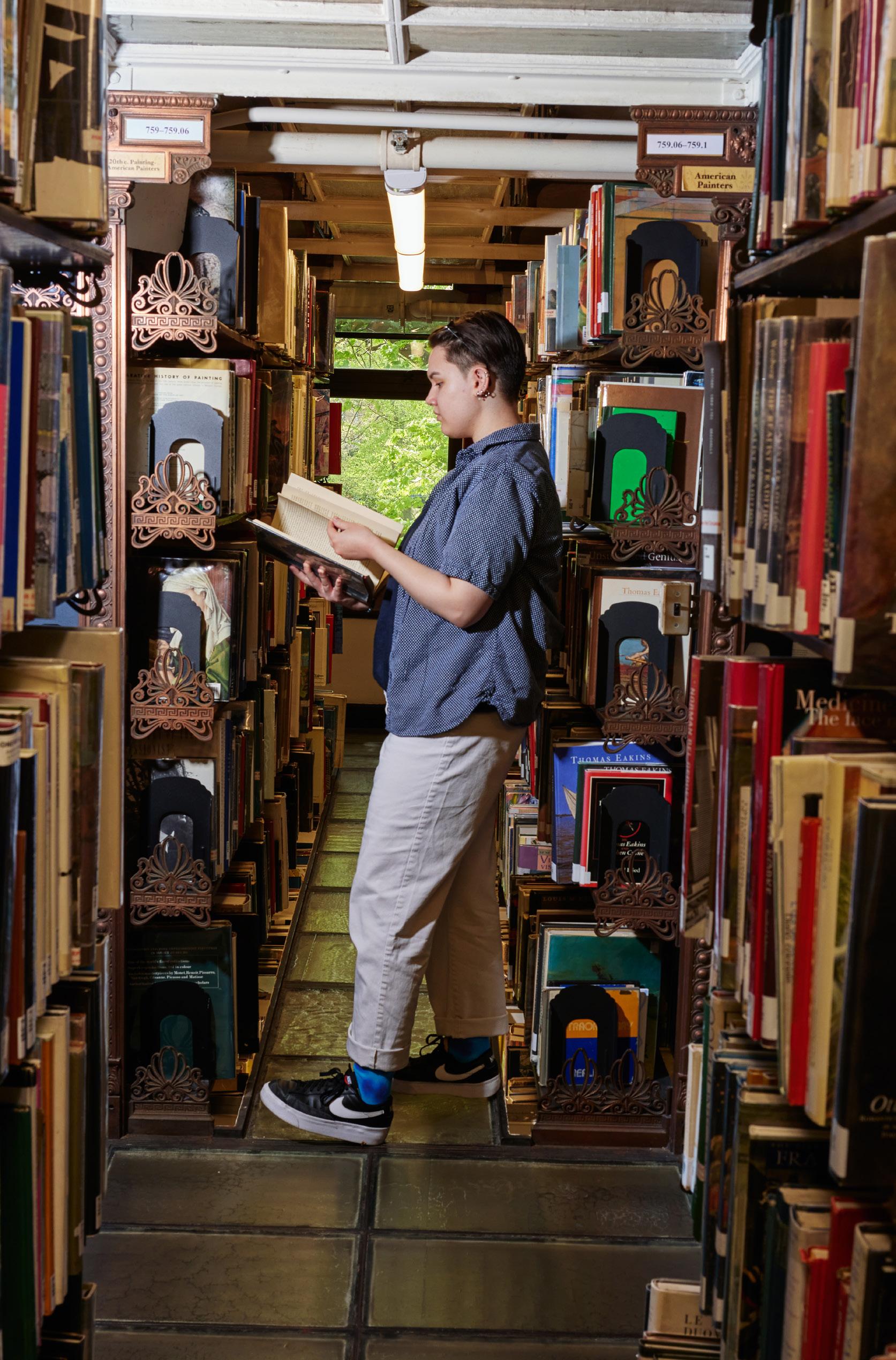





Interested in playing an intercollegiate sport while at Pratt? Graduate students are welcome to try out. A provisional member of NCAA, D3, men’s intercollegiate athletics teams include basketball, cross country, soccer, indoor and outdoor track and field, tennis, and volleyball. Women’s teams include basketball, cross country, soccer, indoor and outdoor track and field, tennis, and volleyball. Pratt is a member of the Hudson Valley Intercollegiate Athletic Conference and fields a total of 14 teams. Pratt also offers intramural sports, fitness and wellness, and informal recreation. See pratt.edu/athletics. Interested in participating in a varsity sport? Visit us online at goprattgo.com, click on “Recruits,” then “Become a Cannoneer.”
For recreational use and fitness, the Activities Resource Center (ARC) houses a 325×130-foot athletic area, the second-largest enclosed ClearSpan facility in Brooklyn, after the Barclays Center. The complex includes five regulation-size tennis courts, two volleyball courts, and an NCAA basketball court. The ARC provides 650 bleacher seats for intercollegiate basketball, volleyball, the Colgate Women’s Games, and other spectator sports events. This enclosed area has a seating capacity for up to 1,000 people for special events. The four-lane, 200-meter indoor track completely encircles the athletic court areas. There are full locker room facilities with saunas. The second floor houses a fully equipped and newly renovated weight and fitness room and a dance studio. Recreational and intramural activities are scheduled throughout the year and range from individual and team sports to special events.


Pratt’s partnerships with many of New York City’s major cultural institutions enable Pratt students to take advantage of the vast opportunities in Brooklyn and Manhattan by offering admission to Pratt students free of charge.




The Brooklyn Museum has an impressive permanent collection that includes the Egyptian art collection and the Asian art collection. The museum puts on several contemporary—and often local—art exhibitions each year. The first Saturday of each month is a day of special events when the museum is free to the community.
Open year-round, the adjacent Brooklyn Botanic Garden features one of the most impressive Japanese gardens outside of Japan, capturing nature in miniature: trees and shrubs, carefully dwarfed and shaped by cloud pruning, which are surrounded by hills and a pond. The Cranford Rose Garden features 5,000 bushes of 1,200 varieties of roses.
The Brooklyn Academy of Music, popularly known as BAM, is at the vanguard of theater offerings. Productions ranging from performance art and independent films to stylized Shakespearean productions are available to Pratt students at discounted rates.
In Manhattan, Pratt students also enjoy free admission to these institutions: The Frick Collection, The Jewish Museum, Solomon R. Guggenheim Museum, the Whitney Museum of American Art, Museum of Arts and Design (MAD), MoMA, and the New Museum.
When you’re ready to start thinking about your career, visit Pratt’s Center for Career and Professional Development (CCPD). You can work with an adviser on your résumé, cover letter, portfolio review, mock interview, and basic and advanced personal and professional development action plans.
Graduate internships are crucial to developing skills and offering professional perspectives, as well as lining up a job. An internship at Pratt is an academic opportunity available to full-time matriculated students every semester, including summer semester. For more information about internships, students should speak to their department chair. You may also visit pratt.edu/ career and click on “Job and Internship Search” then “Internship Program.”
Some key components of a Pratt internship:
The experience is a full semester.
The experience can be paid or unpaid.
Internships are available to all domestic and international students during their time at Pratt.


Extended support is offered in the areas of Fulbright grants, exhibition submissions, fellowships, and residencies.
Career advising is available to you as a student and after you graduate, for life! Industry speakers and recruiters come to campus every semester. We offer workshops, panels, lectures, opportunity fairs, and networking events where students can meet alumni and industry professionals and gain tools to create a life and career plan.




The CCPD manages the Pratt Pro job board, on which thousands of new positions are posted each year. Pratt hosts numerous portfolio reviews and thesis exhibitions of current and graduating students’ work, including multiple end-of-year events highlighting the best work of the graduating class. Each year, the CCPD hosts opportunity fairs, roundtable discussions, and creativecareer conferences with visiting partners, recruiters, and industry leaders.
Check out the career blog and online resource lists for all students at ccpd.pratt.edu. CCPD staff helps students publish their portfolios and develop their online presence. Pratt partners with Behance to provide “Pratt Institute Portfolios” at portfolios.pratt.edu. Students can promote their work under the Pratt brand with the Behance platform. “Pratt Institute Portfolios” reaches a wide audience of industry professionals on the lookout for the best creative talent.


or
in the country and the world.
Ranked first in the country by
, 2018–2019.
Ranked fourth of the top ten best
in Art Therapy programs by bestcounselingdegrees.net, 2020.
Ranked third among the best
of Architecture by CEOWorld Magazine, 2021.
Ranked fourth among the top 13 best schools offering graduate programs in architecture by GraduatePrograms.com, 2016.




Ranked third nationally and first
by DesignIntelligence, 2015.
Ranked fifth in the world for art and design out of 50 colleges by QS World University Rankings by Subject, 2017.
Ranked third of the top 50 best
schools by
, 2020.
Ranked sixth among schools offering an
MFA by Animation
Review, 2021.
Ranked fourth nationally among
do not also grant PhDs in the
Guide to Graduate Urban
Programs, 2019.
Ranked sixth among the most prominent Schools of Architecture in the world by arch2o.com, 2019.
Fine arts program ranked ninth on the 2020 Best Colleges List by GradReports. com. This ranking is the first to be based on median early-career salary data of over 5 million graduates from the U.S. Department of Education’s resource, College Scorecard.
Ranked number 12 nationally in US News and World Report’s 2013 guide to “America’s Best Graduate Schools”.
Ranked number 15 nationally out of almost 300 graduate fine arts programs by US News and World Report, 2020.
Ranked among the top 11 best painting and drawing programs in US News and World Report, 2020.
Ranked among the top UX/HCI schools in the US, topuxschool.com/program/ us, 2021.


Library and Information Science Pratt Institute’s MS in Library and Information Science is ranked among the best Library and Information studies programs in the US by US News and World Report’s Best Graduate Schools Guide, 2021.
Ranked among the best archives programs by US News and World Report, 2021.
Ranked among the top programs nationally by Bloomberg Businessweek.
See a complete list of program rankings at pratt.edu/request (rankings page).






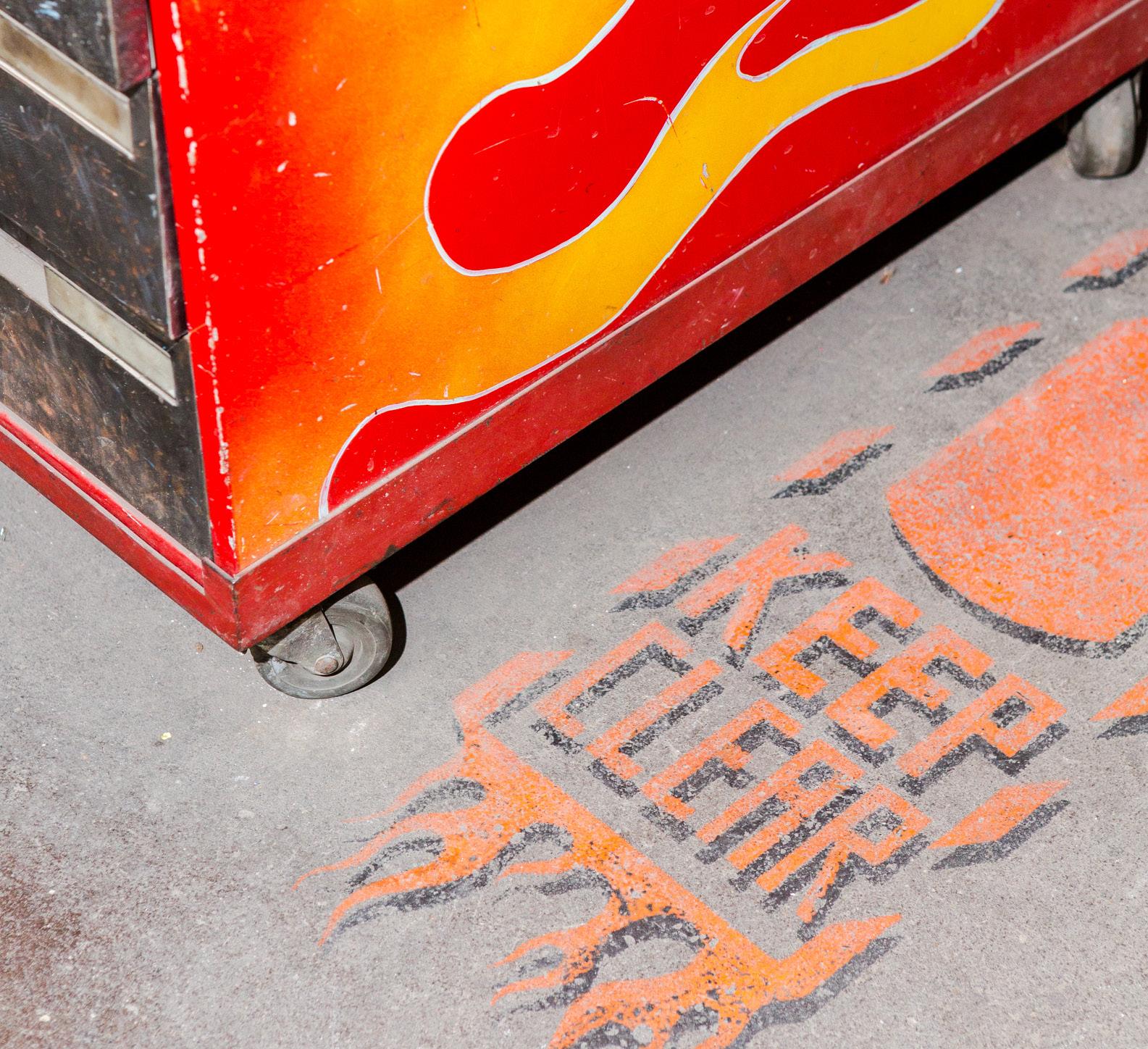




































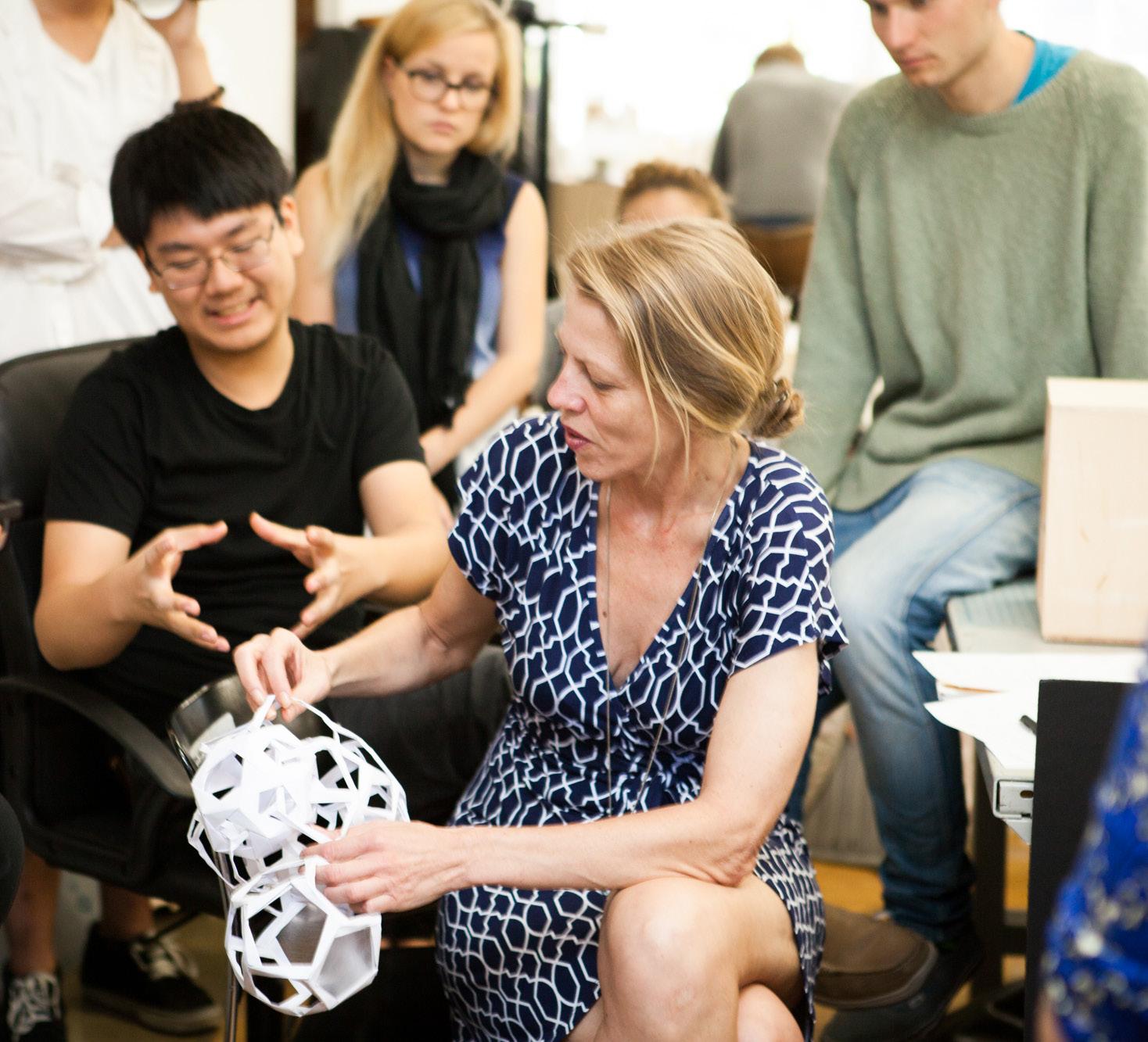























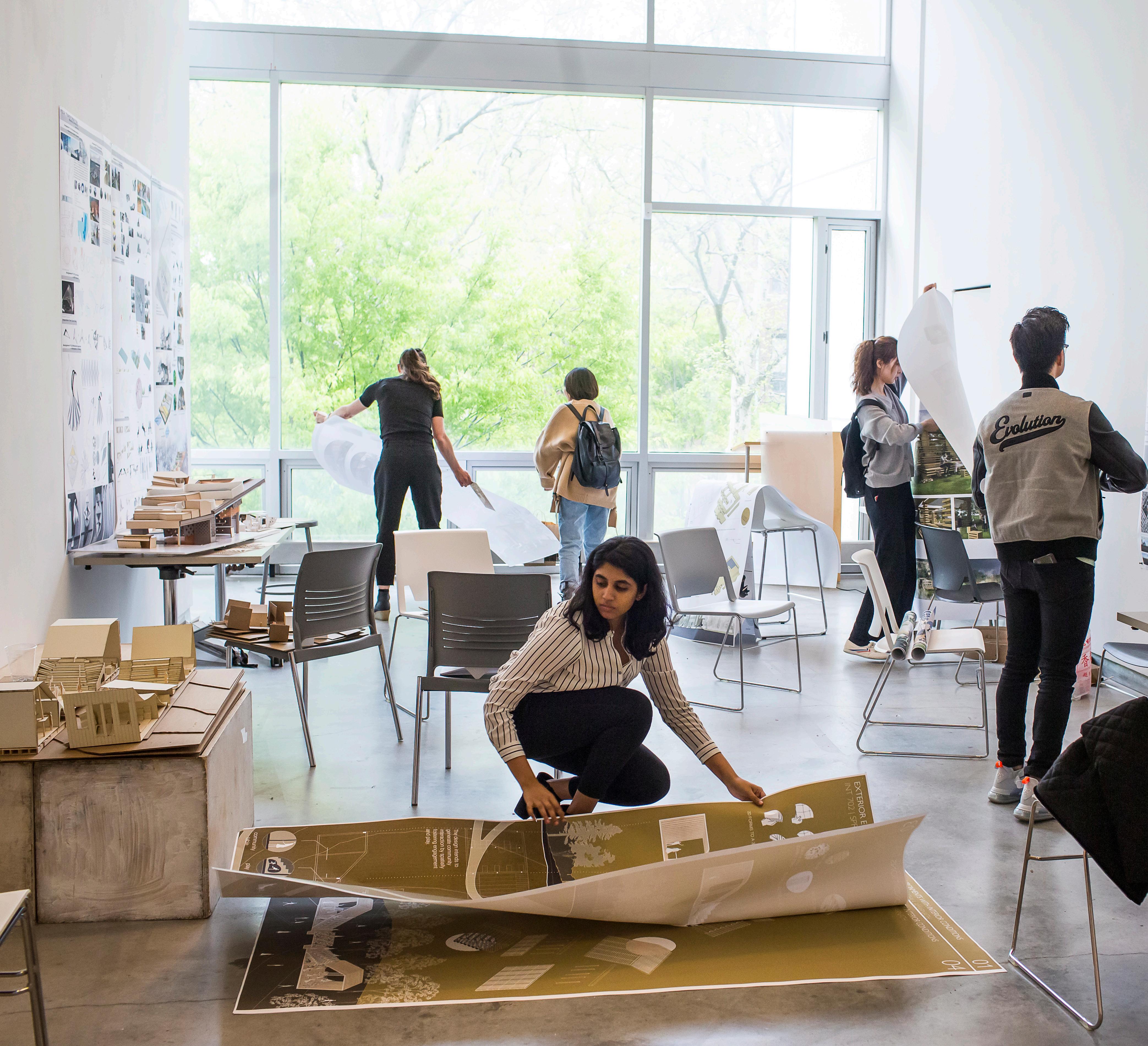











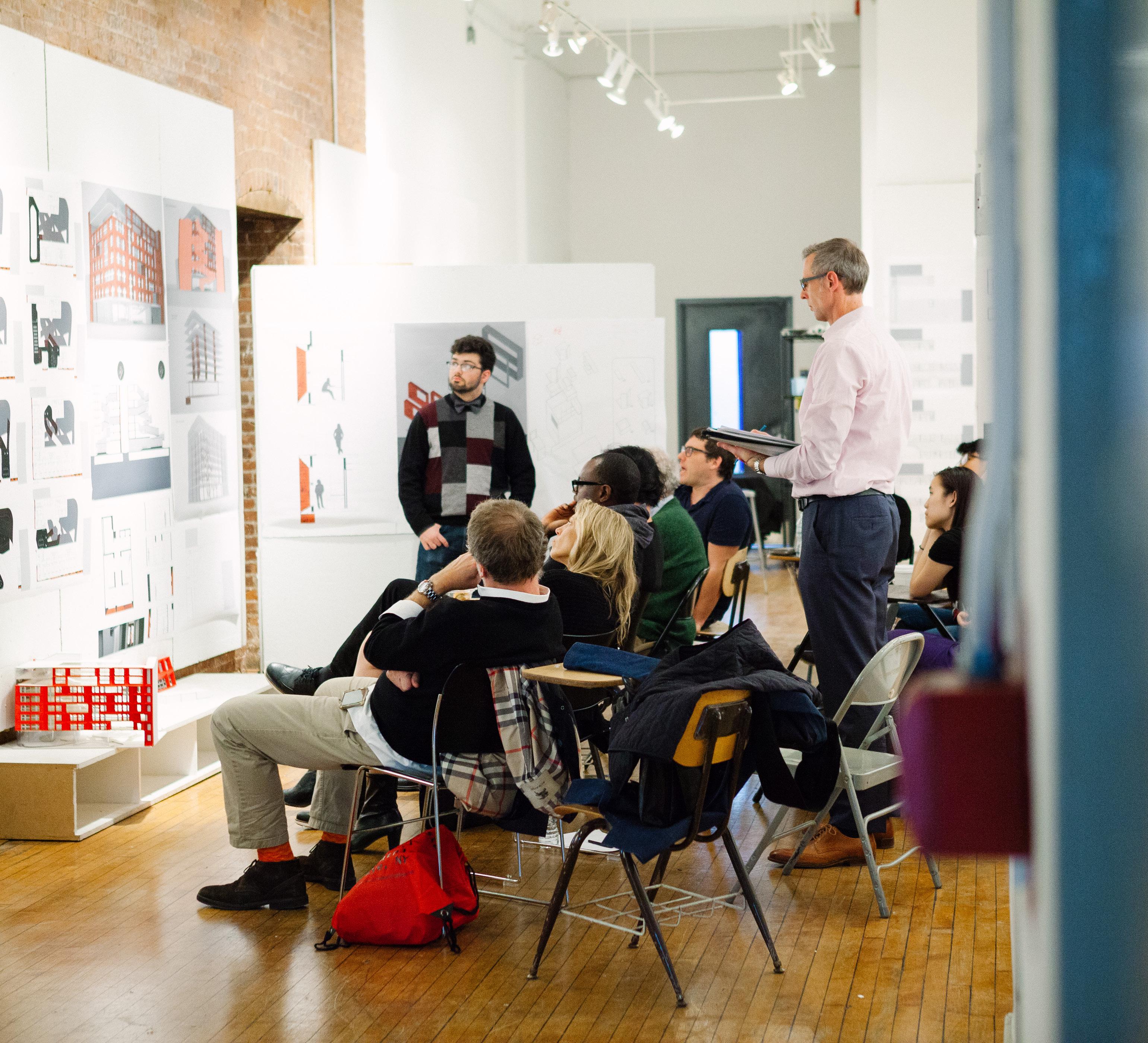






















City and Regional Planning student plan for retaining industry while addressing climate change in Brooklyn
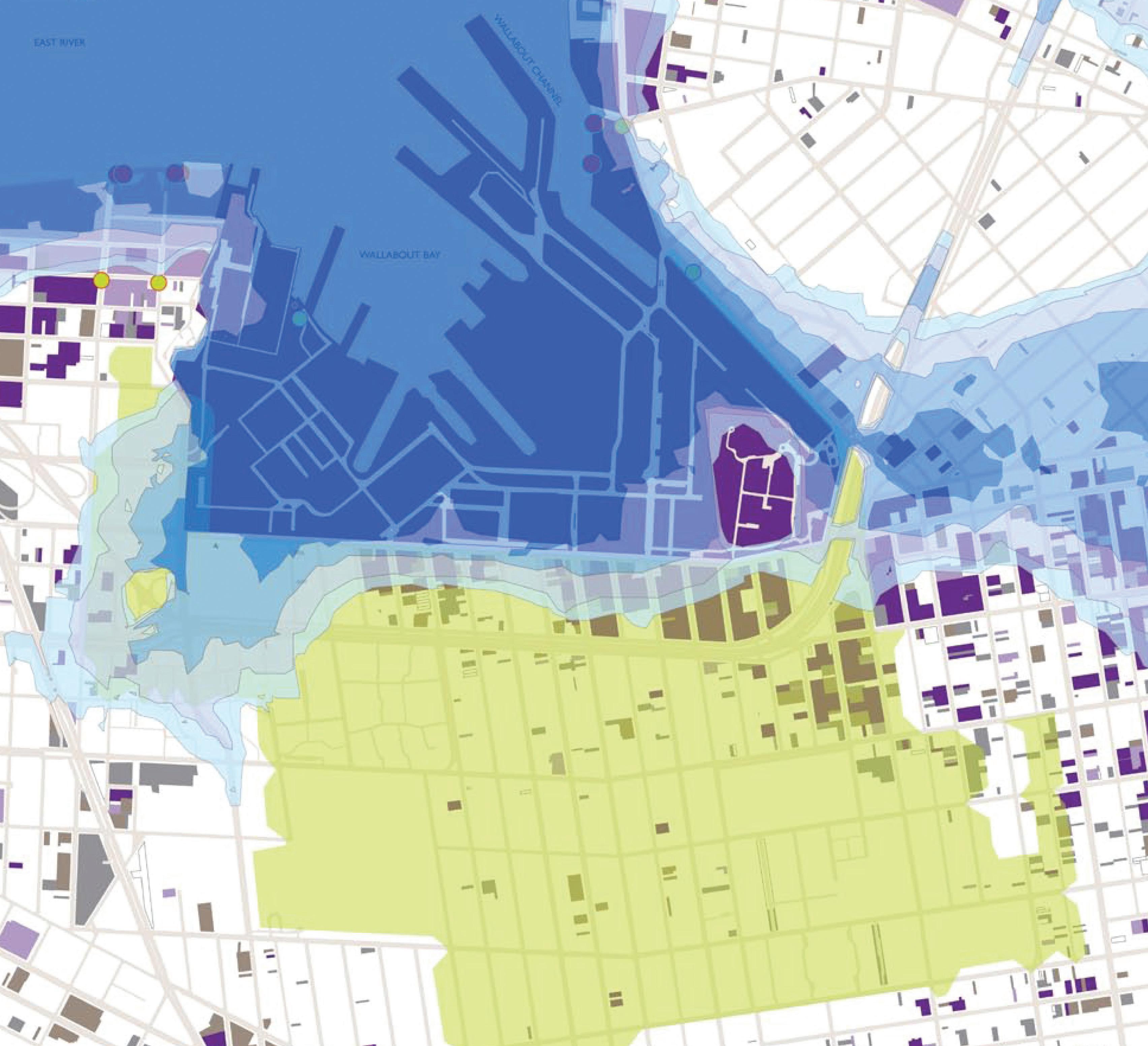











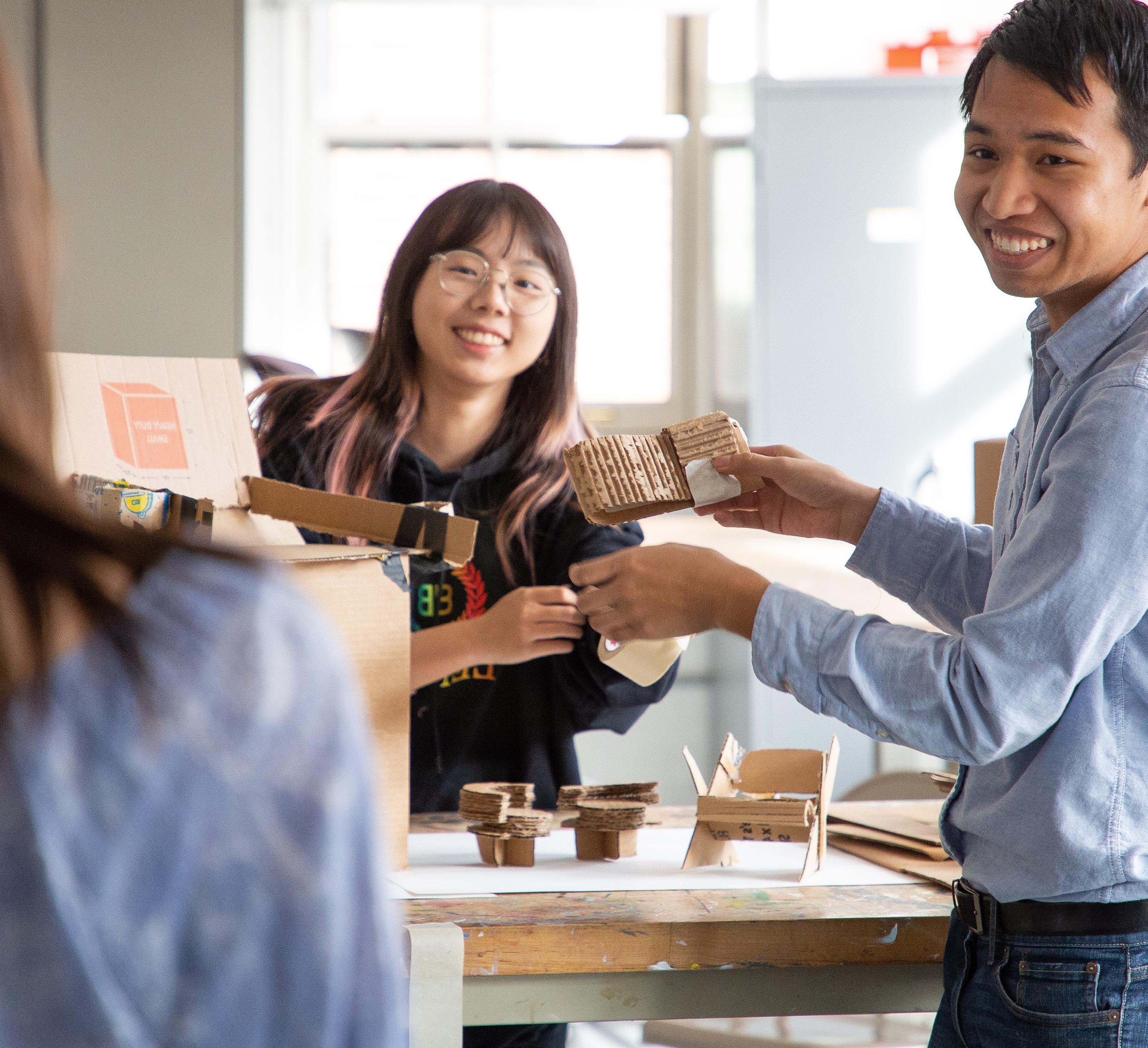
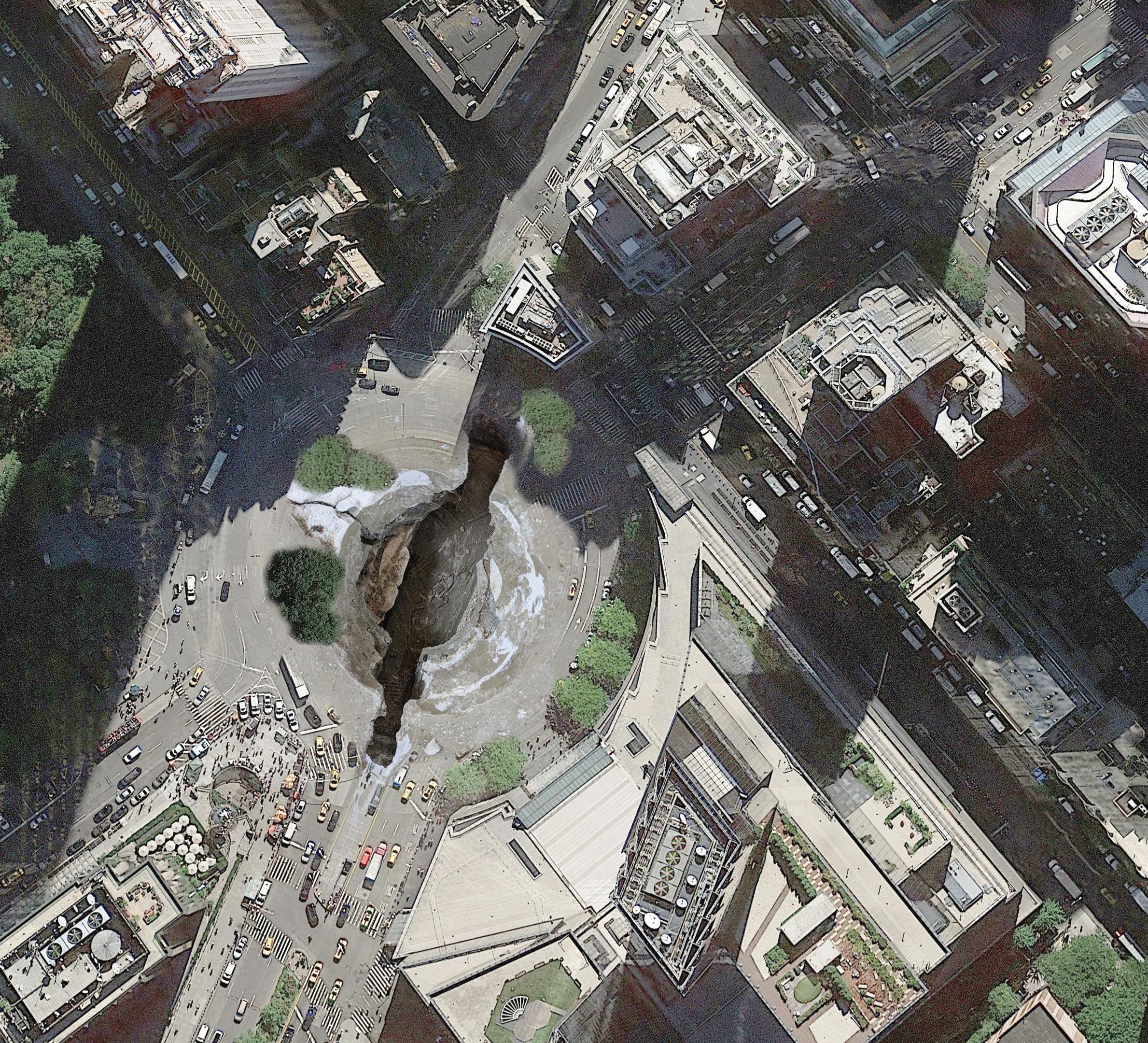











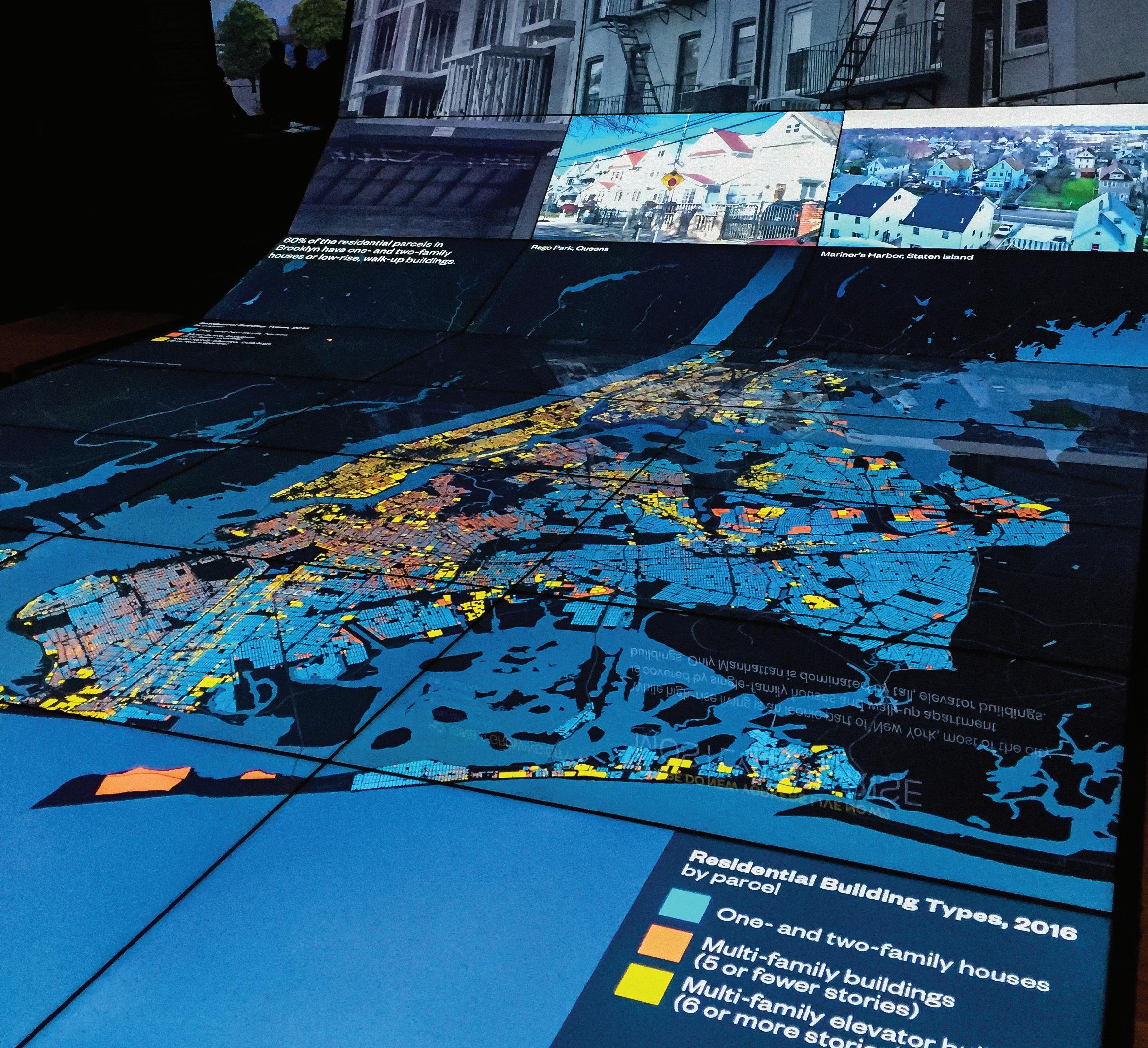











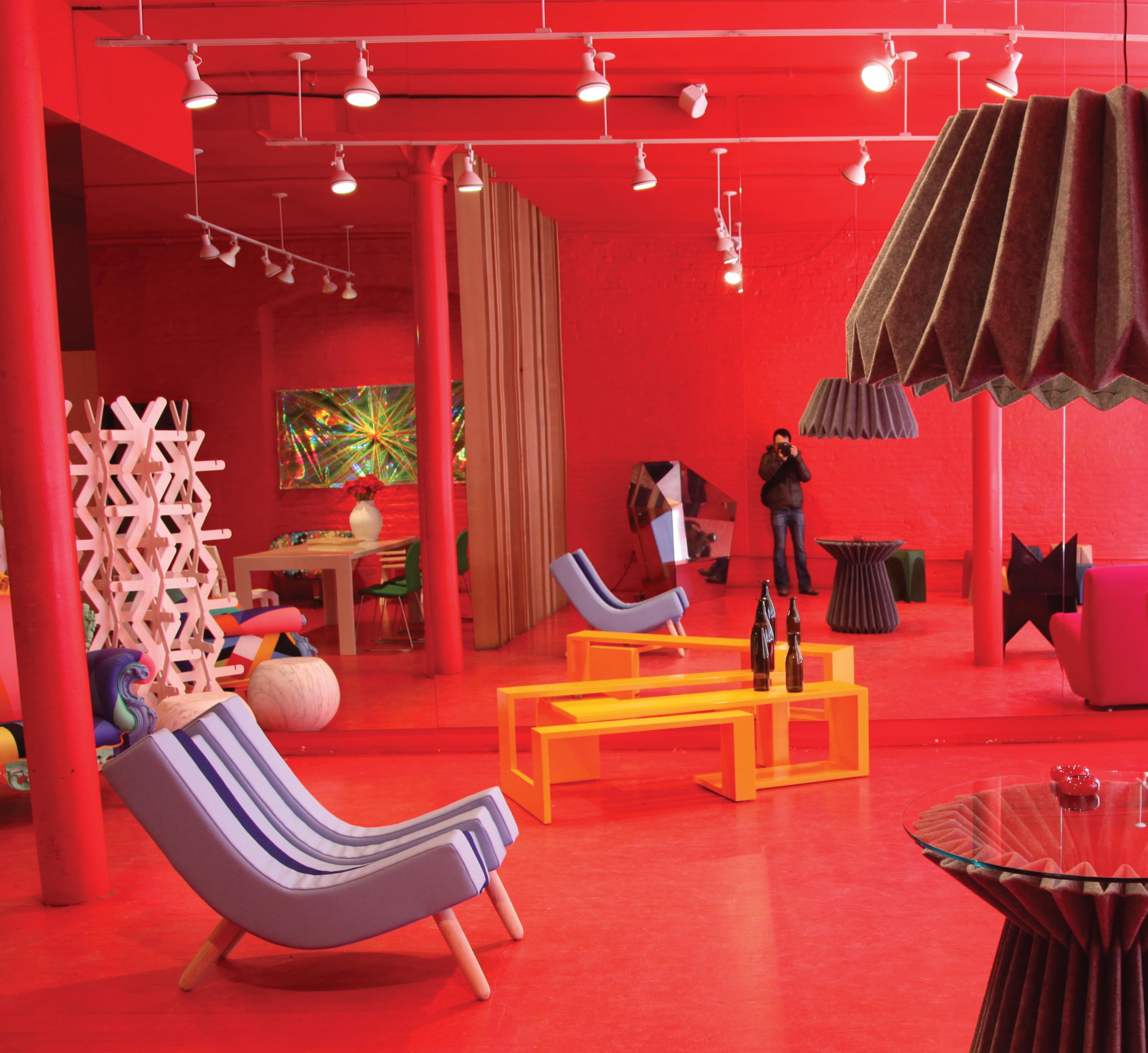



































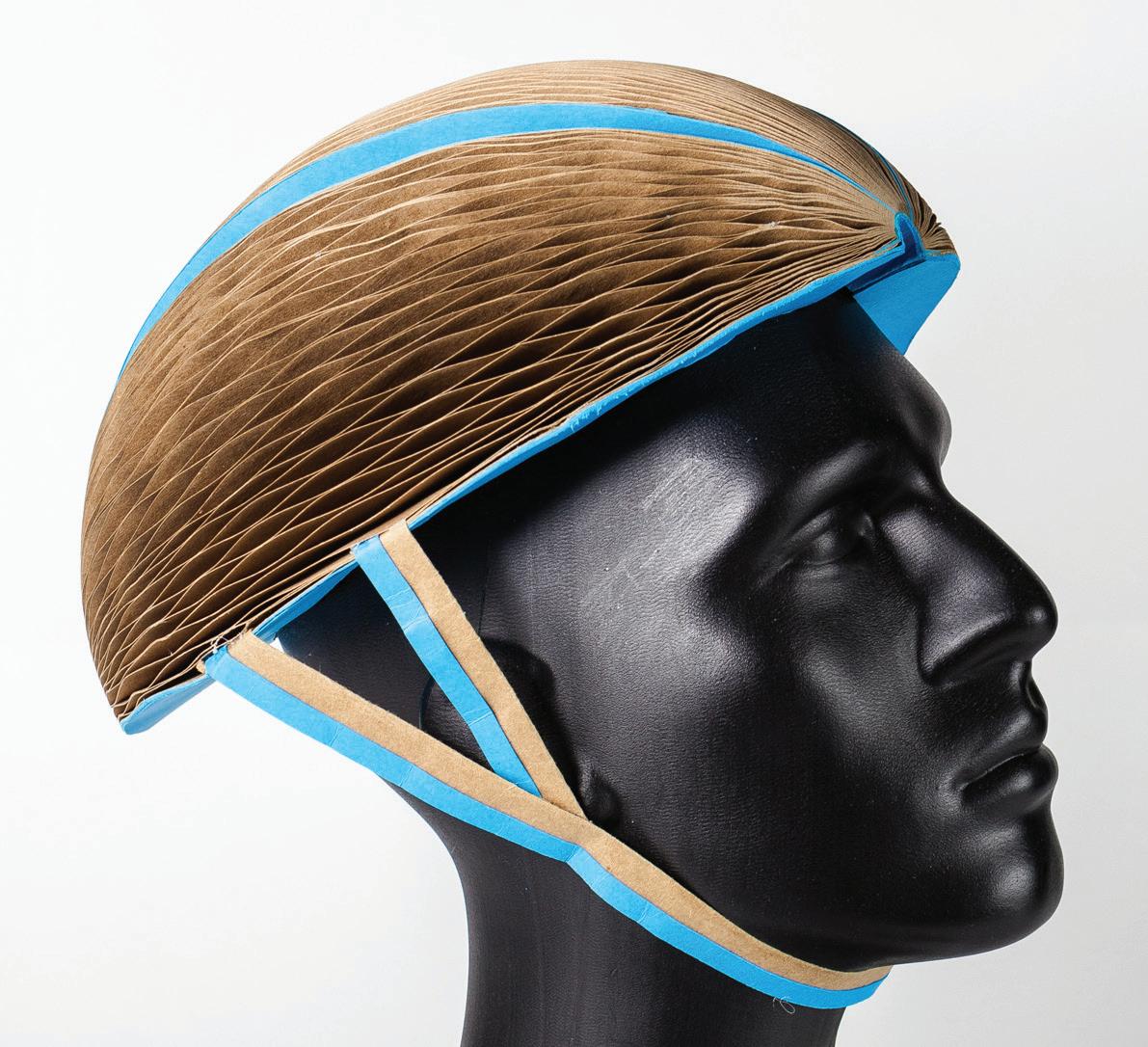











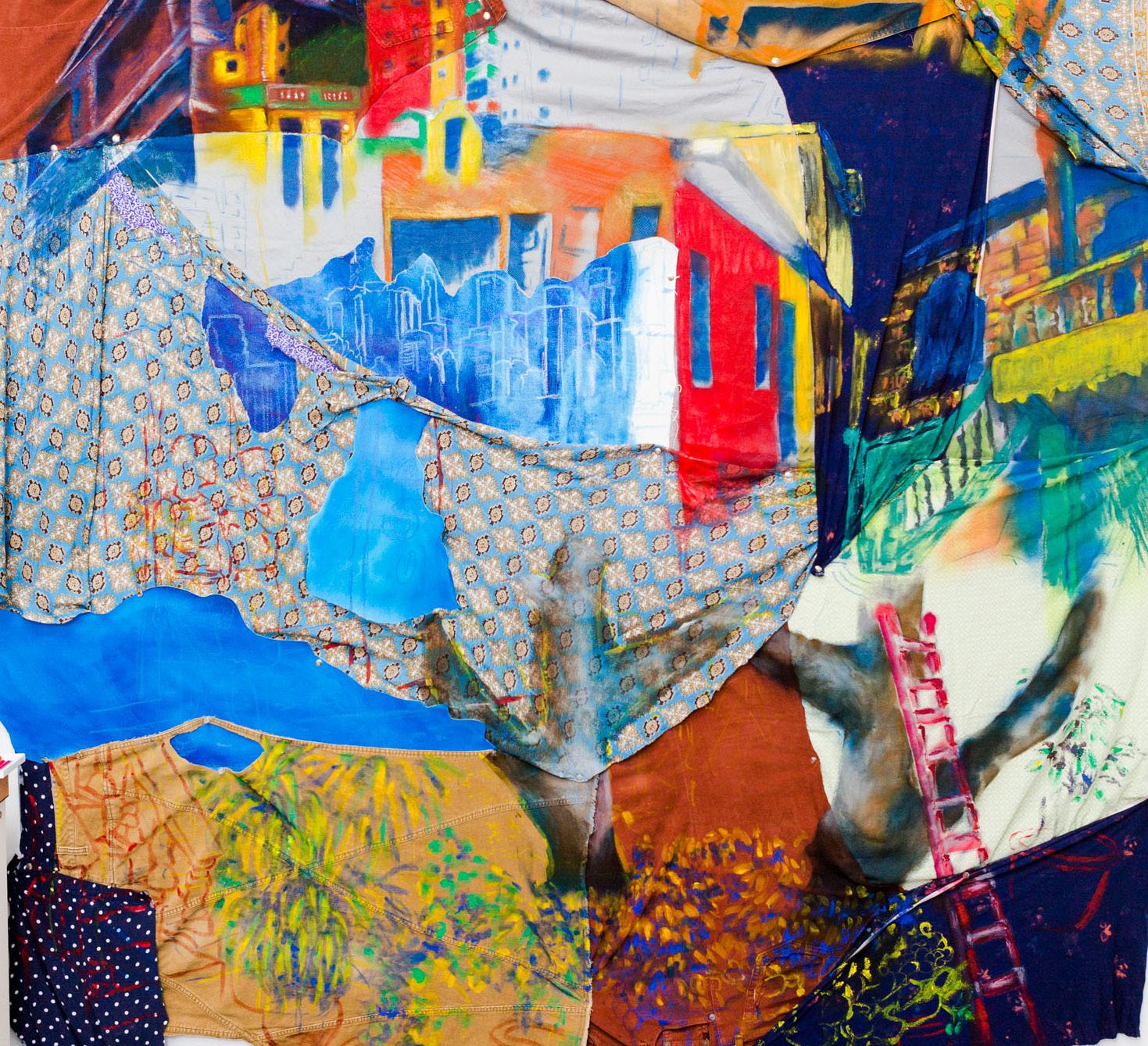








































Pratt Institute welcomes applications from all qualified students, regardless of age, sex, religion, race, color, creed, national origin, or disability. Admissions committees base their decisions on a careful review of all credentials submitted by the applicant. Although admission standards at Pratt are high, extraordinary talent may sometimes offset a lower grade point average or test score.


The O ice of Graduate Admissions is open weekdays from 9 AM to 5 PM from September through May, and from 9 AM to 4 PM in June, July, and August.


Guided campus tours of the Brooklyn campus are scheduled Monday and Friday at 10 AM, 12 PM, and 2 PM. Tuesday and Thursday tours are scheduled at 10 AM and 2 PM. Schedule a campus tour online at pratt.edu/visit. Prospective graduate applicants or students are encouraged to contact their academic department directly to discuss the program and see the facilities.
Every student is considered for merit awards by their academic department during the admissions process, with no separate application required. Students seeking need-based aid should submit the FAFSA, which can be found at fafsa.gov. Each year, Pratt awards $75 million in institutional aid. Find more about financing your education at pratt.edu/financinggraduate.
Some students may be eligible for generous fellowships to help fund their graduate studies. Assistantships may also be available. Learn more at pratt.edu/ graduategrants.
 Work by Jiawei Zhao,
Work by Jiawei Zhao,
 ’20
’20












 ’20
’20
